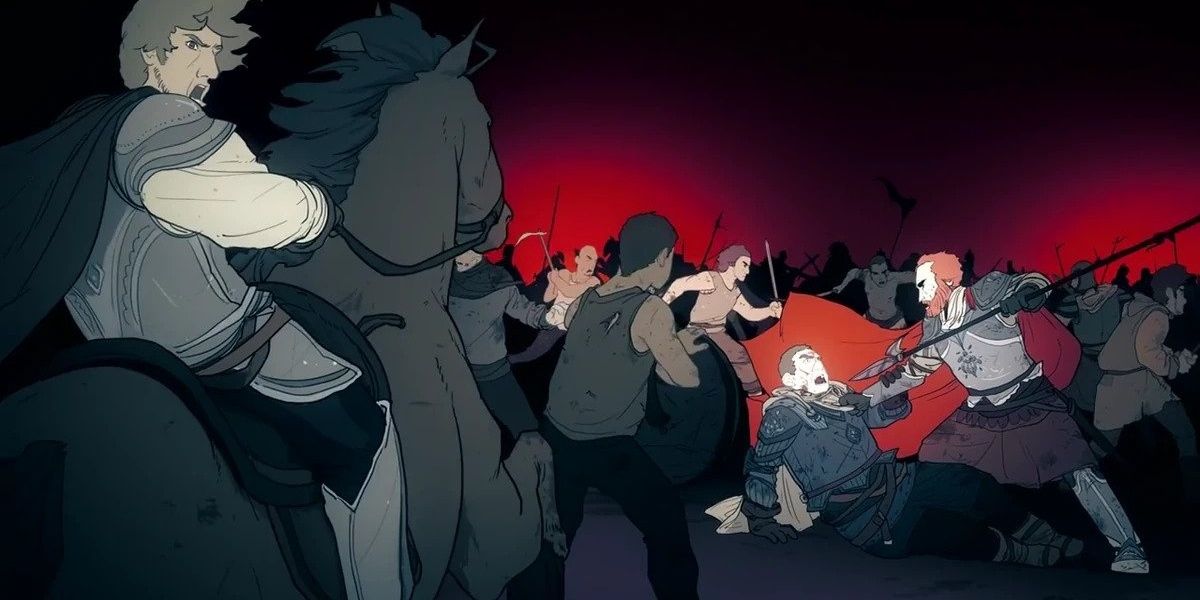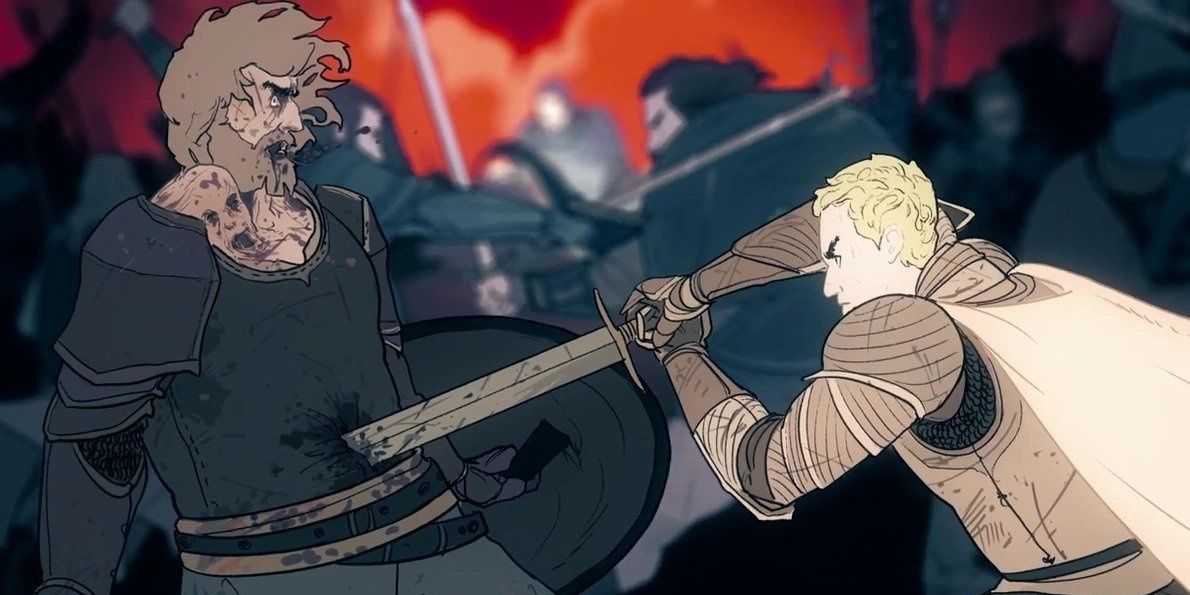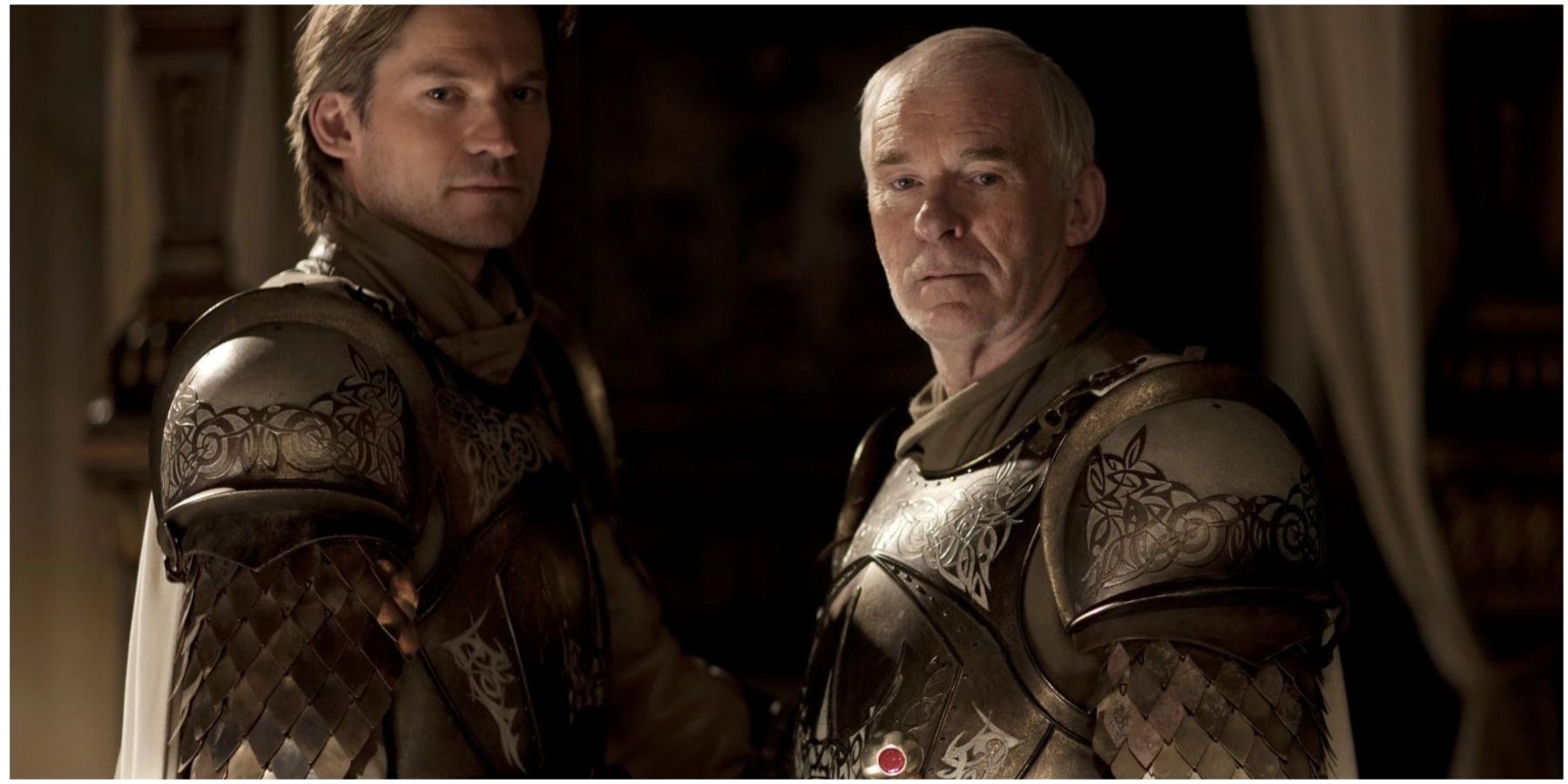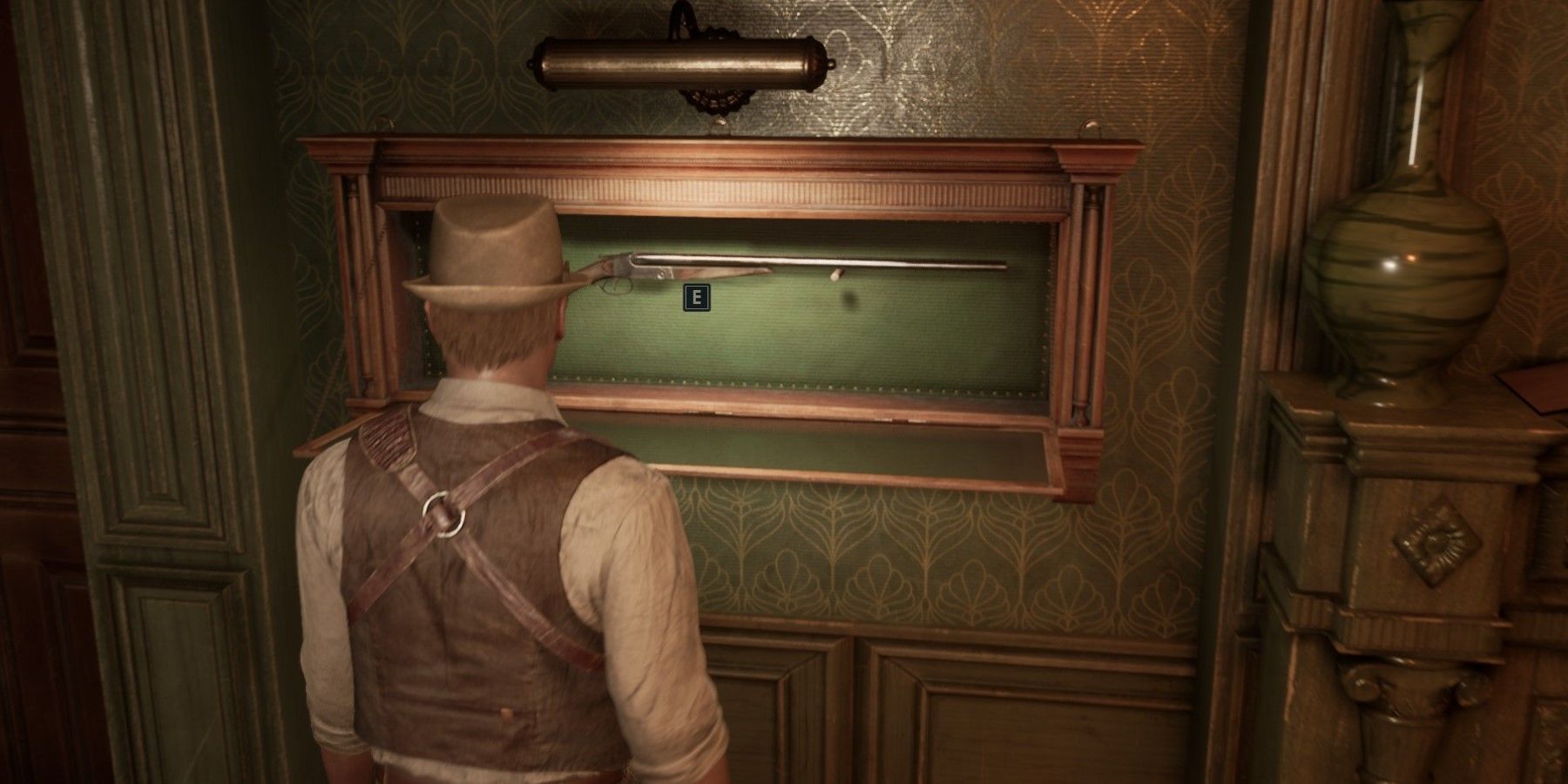War overwhelms every aspect of Game of Thrones. The backstory that shifts the future happened on a battlefield. The most sudden shifts in power come from armed conflict. Some scrambles for power cost countless lives in the background while the main characters argue over policy or morality. While the War of the Five Kings dominates the narrative, earlier battles like the War of the Ninepenny Kings can create fascinating developments in the franchise’s history.
Game of Thrones opens in the wake of Robert’s Rebellion, the violent end to a centuries-old political dynasty. House Targaryen united Westeros and dominated its central throne for generations. The Mad King’s despotism drove six major Noble Houses to call in their banners and lead a bloody campaign to install a new leader. They succeeded, partially thanks to the honorable betrayal of the Mad King’s most trusted guard. Robert’s Rebellion was the end of the Targaryen Dynasty, but it was far from the first attempt to unseat the bloodline of Aegon the Conqueror.
Who was House Blackfyre?
King Aegon IV Targaryen, known as Aegon the Unworthy, was considered among the worst of the dynasty’s leaders. Aegon IV fathered many bastard children with his countless mistresses. He legitimized his illegitimate sons on his deathbed, placing them in the line of succession behind his trueborn son, Daeron II Targaryen. It’s telling that other nobles hate Aegon the Unworthy more for treating his children moderately well than for his myriad sins. Aegon IV’s favorite bastard was Daemon Waters, who he fathered with his cousin, Daena. While Daeron was scholarly and kind, Daemon was the Platonic ideal of a Targaryen king. He had the family’s purple eyes and elegant silver-gold hair. He was a master of combat and etiquette, celebrated as much for his charm as his strength. Many saw Daemon as Aegon the Conqueror’s spirit reborn. At 12, Daemon won a squire’s tournament. Aegon IV was delighted, so he knighted his son, acknowledging the boy for the first time, and gave him the legendary Valyrian steel sword, Blackfyre. A maester described Daemon like this:
Daemon was the name Daena gave to this child, for Prince Daemon had been the wonder and terror of his age, and in later days that was seen as a warning of what the boy would become.
Daemon took the name Blackfyre as his surname. He slowly began to hate his illegitimate status, the bastard title, and what it represented. Politics in King’s Landing became unfavorable towards the new King Daeron, some even believing he was as illegitimate as Daemon. Knights and lords fell behind Daemon as a suitable replacement and pressured him to declare his claim to the Iron Throne. Daemon proclaimed his challenge and led an army against his half-brother in the first Blackfyre Rebellion. Daemon demolished the soldiers and the King’s Guard, showing mercy to the warriors he’d grown up with. It was Brynden Rivers, another of Aegon IV’s bastards, who defeated Daemon with a squadron of well-placed archers. Daemon’s descendants would launch three more Blackfyre Rebellions before the final conflict, which earned a special name.
What Happened in the War of the Ninepenny Kings?
In 258 AC, nine influential, insidious outlaws met under a tree to form an alliance. They became the Band of Nine or the Ninepenny Kings. Among them were two pirate captains, four leaders of sellsword companies, an exiled knight, an impossibly wealthy merchant prince, and Maelys I Blackfyre, the last male descendant of Daemon Blackfyre. Maelys the Monstrous was a towering beast who tore his cousin’s head from his shoulders to take over a mercenary band. They gained the Iron Throne’s attention after they captured the Free City of Tyrosh. They captured the Stepstones as a base to sack King’s Landing. King Jaeherys II Targaryen raised a tremendous force led by the Hand of the King Ser Ormund Baratheon. The war lasted most of a year and claimed many leaders. The Ninepenny Kings were a proving ground for many new warriors to become honored knights. At 18, Tywin Lannister established himself in the conflict, leading him to become the youngest Hand of the King two years later. It was Ser Barriston Selmy who claimed the most impressive feat. He hacked through the company and slayed Maelys the Monstrous in single combat, ending the war in one decisive strike.
What was the War of the Ninepenny Kings’ Legacy?
Against all odds, this ineffectual revolt laid the groundwork for many of the most significant events in the franchise. The men it elevated became the icons of the next age. Tywin Lannister became Hand of the King to Aerys II, better known as the Mad King. Steffon Baratheon, son of Ormund, became Lord of Storm’s End. His son Robert first saw Tywin sitting on the Iron Throne, building a lifelong admiration for the Lannister patriarch and a lifelong distaste for Aerys II. Tywin also grew bitter and hateful toward his father, leading to the Reyne-Tarbeck revolt and Lannister’s control over the Westerlands. Jon Arryn met Steffon Baratheon and Lord Rickard Stark on the same battlefield, eventually taking their sons, Robert and Eddard, as wards. That connection forged the triumvirate that would lead Robert’s Rebellion. Ser Barriston Selmy joined the Kingsguard, saving the Mad King from a death sentence. The War of the Ninepenny Kings elevated the Lannisters, connected several noble families, and placed Selmy in the line of fire. Every element of Robert’s Rebellion, from the knight who saved the Mad King to the bonds that took him down, was forged in this conflict. An ill-fated uprising by criminals and sellswords set the path for the true citizens’ revolt that finished the Targaryen Dynasty.
There is so much fascinating material surrounding the War of the Ninepenny Kings. It’s a key moment in the backstory of dozens of characters and the lighting of countless fuses. Though few discuss this ostensibly minor moment in Westerosi history, it demonstrates how the actions of kings and knights can reverberate through the ages beyond their wildest imaginations.




